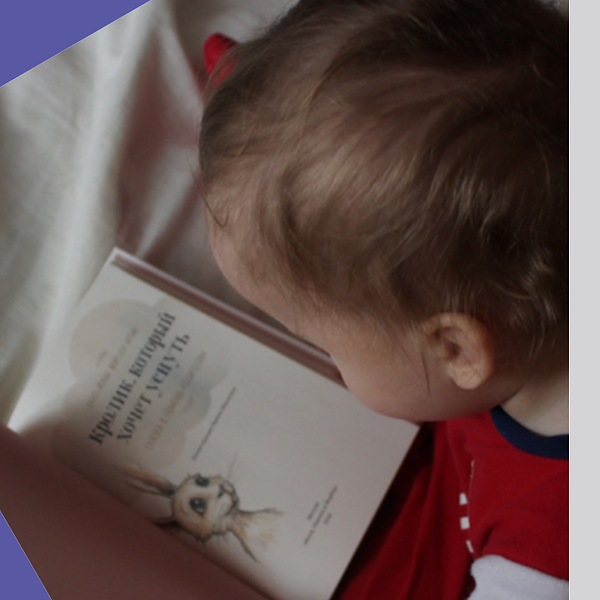
2023-03-14
Multilingualism - the ability to speak, understand, and function in more than one language - is an increasingly common phenomenon in our modern, globalized world. However, there are still many myths surrounding multilingualism, which often lead to misunderstandings and misconceptions. In this article, we present three common myths about multilingualism that frighten and confuse some parents and educators.
Research Summary written by Daria Gladilina (with Claudine Kirsch)
***
Multilingualism - the ability to speak, understand, and function in more than one language - is an increasingly common phenomenon in our modern, globalized world. However, there are still many myths surrounding multilingualism, which often lead to misunderstandings and misconceptions. In this article, we present three common myths about multilingualism that frighten and confuse some parents and educators.
Myth №1: Learning more than one language at a young age can confuse a child.
One of the most popular myths about multilingualism is that it can confuse young children and cause language delays or difficulties. However, research studies show that children who speak more than one language from an early age follow the same developmental stages as monolingual children and can be more linguistically and cognitively advanced than their monolingual peers (Kersten, 2011). Indeed, multilingual brains process language more effectively and bilingual children have better problem-solving and multitasking abilities than monolingual children.
Myth №2: Multilingualism affects academic achievement.
Longitudinal assessment studies show that children with migration backgrounds and low socio-economic status tend to perform less well at school. Some people hold that this is because of their multilingualism. However, they ignore the influence of socio-economic status and do not take into account that their performance is the result of teaching and testing multilingual children in, frequently, their “weaker” languages. In reality, research studies show that multilingualism has no negative impact on children’s academic success (Cruz-Ferreira, 2014). Moreover, knowledge of more than one language opens up more academic and professional opportunities.
Myth №3: Multilingual children are unable to distinguish languages and have no control over word choice.
Some people believe that bilingual/ multilingual children do not differentiate between their languages and, therefore, mix them. However, studies have shown that children are not only able to distinguish languages from an early age, but also consciously use the appropriate language when addressing people. For instance, they choose the “right” language when speaking to a parent or a teacher (Genesee, 2015). Furthermore, most researchers claim that switching between languages, or translanguaging, is a natural and common phenomenon among bilingual individuals (Kirsch & Mortini, 2021). Multilingual children use their entire repertoire to communicate. Switching languages follows linguistic rules and may indicate proficiency rather than confusion.
Multilingualism is a complex and multi-faceted matter, often shrouded in myths. By debunking these myths, we can dispel frequent fears or doubts and contribute to understanding the true benefits of multilingualism. This helps us appreciate the diversity of languages and cultures in our world, as well as the many advantages that people who speak more than one language have.
References
Cruz-Ferreira, M. (2014). Multilingualism: myths and facts. Polydromo 7.
Genesee, F. (2015). Myths About Early Childhood Bilingualism. Canadian Psychology/Psychologie canadienne, 56, 6-15. Doi :10.1037/a0038599.
Kersten, A. & Geist, B., Voet Cornelli, B & Schulz, P. (2011). Multilingualism. Myths and What They Mean. KiTa aktuell, 4. 89-91.
Kirsch, C. & Mortini, S (2021): Engaging in and creatively reproducing translanguaging practices with peers: a longitudinal study with three-year olds in Luxembourg. International Journal of Bilingual Education and Bilingualism. DOI:10.1080/13670050.2021.1999387